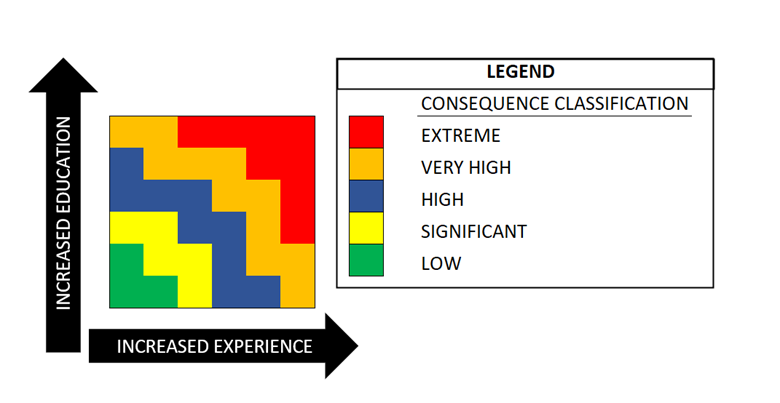
THE ENGINEER OF RECORD
The GISTM says the following about the EOR:
“The qualified engineering firm responsible for confirming that the tailings facility is designed, constructed, and decommissioned with appropriate concern for integrity of the facility, and that it aligns with and meets applicable regulations, statutes, guidelines, codes, and standards. The Engineer of Record may delegate responsibility but not accountability. In some highly-regulated jurisdictions, notably Japan, the role of EOR is undertaken by the responsible regulatory authorities”.
The newly minted (draft) ICOLD bulletin “Tailings Dam Safety” indicates:
“A qualified engineering firm responsible for confirming that the tailings facility is designed, constructed, and decommissioned with appropriate concern for integrity of the facility, and that it aligns with and meets applicable regulations, statutes, guidelines, codes, and standards. The EoR may delegate responsibility, but not accountability”.
So, the EoR is a company. All well and good.
But we all know that an individual person is typically referred to as the EoR. So, I’m changing the conversation to discuss the qualifications of the person who leads the EoR team. This person is the name and the face of the EoR team. The person who leads meetings internally and with the client. This person needs to have an appropriate education and an appropriate amount of professional experience. What level of education do they need? In what field? What level of experience do they need? I posed this question to my followers on LinkedIn, and received as many different responses as there were responses. There really was no consensus.
Charles MacRobert from the University of Stellenbosh in South Africa sent me a paper on the topic that he and others put together. The paper was based on the results of a survey. According to the paper, “The Southern African Institute of Mining and Metallurgy (SAIMM) carried out a survey of industry to obtain views relating to qualifications, experiences, and competencies of the various appointees envisaged in GISTM. An online survey was distributed to SAIMM members, selected individuals active in the tailings community of practice and on social media platforms”. Because such a diverse group was polled, the results were likewise diverse (paralleling my results on LinkedIn). The respondents to that survey were asked whether the consequence category should play a role in determining the qualifications of the EoR team lead, and again, the results were pretty scattered.
I decided to remove the scatter and developed the following chart.

While this chart does not provide absolutes, it does indicate that the professional experience and education level of the EoR team leader could be based on the consequence classification of the TSF. For a low consequence TSF, for example, it’s possible that a Bachelor-level person with a degree in the geo-sciences with, say, 5 years of experience could be qualified to lead the EoR team. As the consequence classification increases, you would eventually want an engineer with an advanced degree in geological, geotechnical or civil engineering (preferably geotechnical engineering), with many years of diverse professional experience to be the EoR team lead. Please note that “increased experience” does not just mean years of experience, but also the breadth of experiences.
The other notion is for an assessment or certification process to be implemented. This may help to place a person within the qualifications matrix. Whether this certification process is held at a state/province, national or international level is an interesting question. Perhaps this is something that the ICMM will tackle.
Hopefully this starts a conversation in your organization.


Comments (4)
DECorli
April 6, 2023 at 12:20 pmQuite a good assessment of what is needed in an industry that could have catastrophic occurrences with a EoR with little experience , yet “suitable” education. You concept of assessment testing or certification is on point with what needs to happen … immediately!
They cannot wait for a catastrophe to happen !
admin
April 6, 2023 at 2:39 pmThank you for your thoughts and your comments. I really appreciate it. You’re quite right that we can’t afford another failure, and yet I know that we will continue to have more. I can only hope that we can improve as an industry over time.
Edward
April 12, 2023 at 7:58 amA in-house personnel, qualified and competent could be appointed as EoR Requirements (9.1 & 9.5) of GISTM.
We can qualify this category of appointment to be applicable for low-risk rated TSFs.
admin
April 12, 2023 at 12:27 pmThat is always a viable option.
Comments are closed.